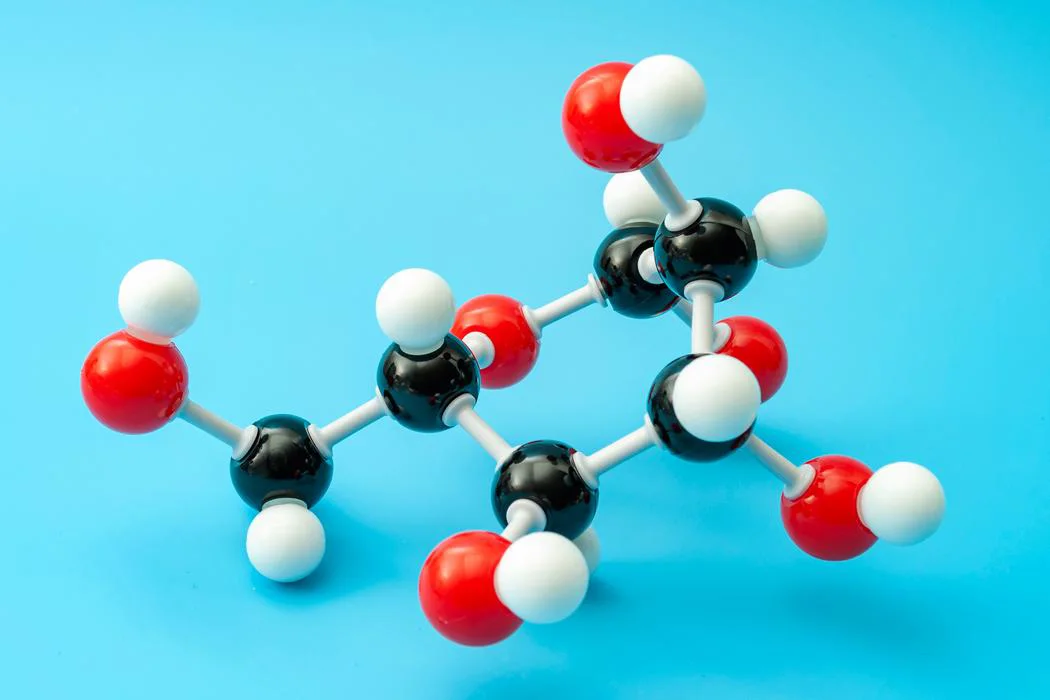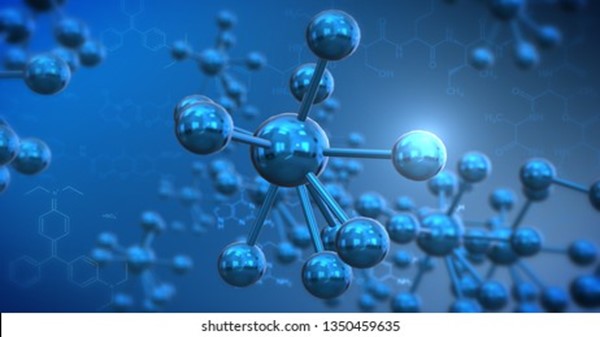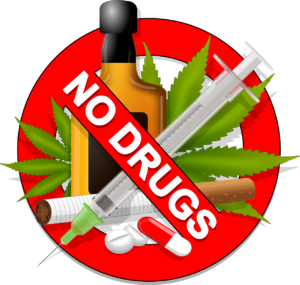An Introduction to Molecules of Compounds
A molecule is a group of two or more atoms held together by chemical bonds, which are attractive forces. Molecules are the smallest particles of a substance that possess all of its physical and chemical properties. Many thousands of atoms make up biological molecules like protein and DNA. A compound is a molecule composed of atoms from various chemical elements. Compounds are divided into two types: molecular compounds and ionic compounds. They can only be broken down chemically. Compounds are made up of a fixed number of atoms held together by chemical bonds.
Compounds are homogeneous in nature and cannot be physically separated.
What are Molecules of Compound
A compound molecule is a combination of two or more atoms of different types. This means that molecules of compounds contain atoms from two or more different chemical elements, such as methane, water, carbon dioxide, ammonia, and so on. We can further categorize them based on the number of atoms in the molecule. The chemical bonding between the atoms can be either covalent or ionic.
Ionic bonds are always formed between molecules containing cations (positive ions) and anions (negative ions). As a result, an ionic compound is always formed between two different chemical elements. Covalent bonds are formed when two atoms share electrons equally.

What are the types of Elements?
- Metals-They are substances with properties such as malleability, ductility, sonority, electrical and thermal conductivity, lustre, and solidity. Metals have extremely high melting points. The majority of pure metals are found in the earth’s crust. They are found in ores, which are solids. Zinc, iron, copper, aluminium, lead, chromium, cadmium, nickel, tin, zinc, and so on.
- Non-Metals– They are substances that are neither malleable nor ductile and do not conduct heat or electricity. Carbon, sulphur, phosphorus, silicon, oxygen, and other elements are examples.
- Metalloids– A chemical element with properties of both metals and non-metals. Metalloids have properties that fall somewhere between metals and non-metals. For example, arsenic, silicon, boron, and so on.

What are the types of Compounds?
- Molecular Compounds-Molecules are compounds that can be formed by the combination of the same or different atoms. The atoms are joined to form a definite shape that is defined by the angles between the bonds and the lengths of the bonds. Carbon dioxide, water, ammonia, and other gases are examples.
- Ionic Compounds- It is made up of both positive and negative ions. When dissolved in water, they completely decompose into ions. Examples include sodium chloride (NaCl), potassium chloride (KCl), copper sulphate (\(CuS{O_4}\)), and others.
Summary
When two or more elements combine chemically in a fixed mass ratio, the resulting product is known as a compound. Compounds are substances made up of two or more different types of elements in a fixed ratio of their atoms. When the elements combine, some of their individual properties are lost, and the newly formed compound has new properties.
Frequently Asked Questions
1. How do molecules form?
Ans: When atoms come close together, their electron clouds interact with one another. Other, as well as with nuclei If the energy of the system decreases as a result of the interaction, the atoms bond together to form a molecule.
2. What do you understand by molecules of compounds?
Ans: A molecule is a general term for any atoms that are linked together by chemical bonds. A molecule is any atom combination. A compound is a molecule composed of atoms from various elements. Not all molecules are compounds, but all compounds are molecules.
3. What are the types of Molecules of Compounds?
Ans: There are two types of compounds: molecular compounds and Ionic compounds. Atoms in molecular compounds are held together by covalent bonds. It is held together in salts by ionic bonds. These are the two types of bonds that every compound is composed of.
